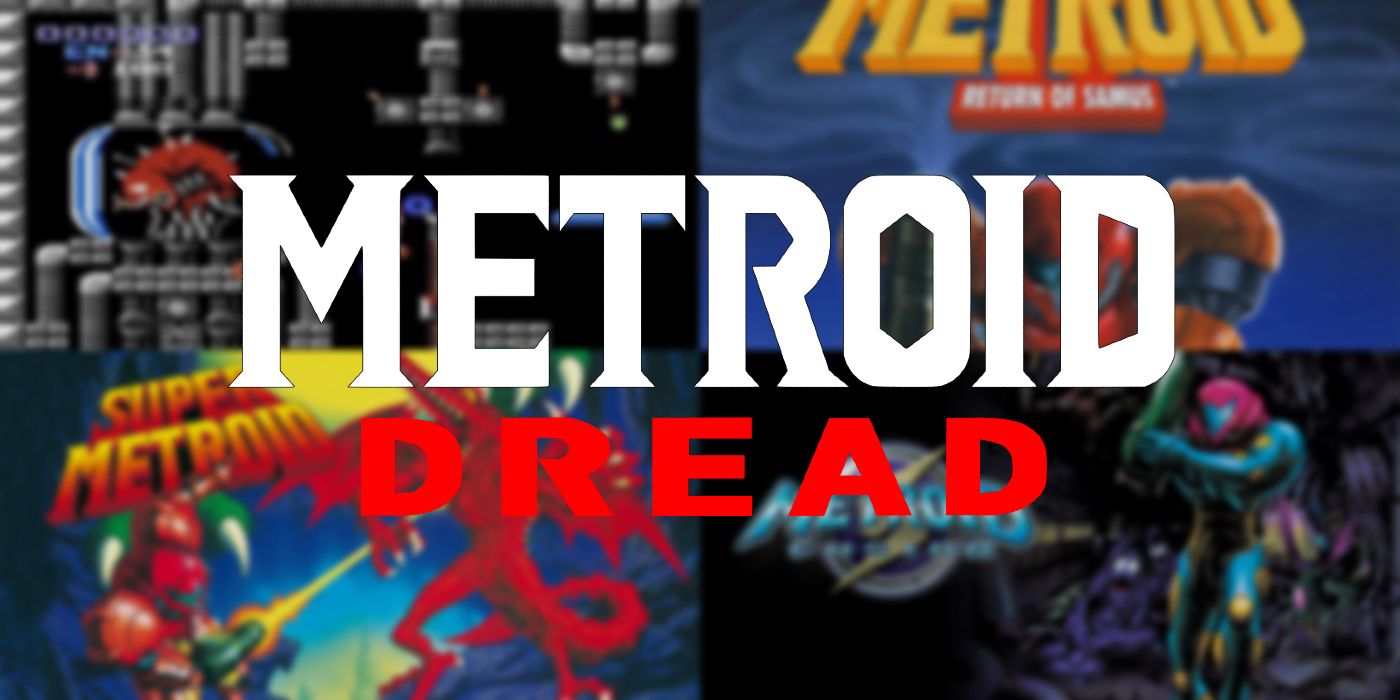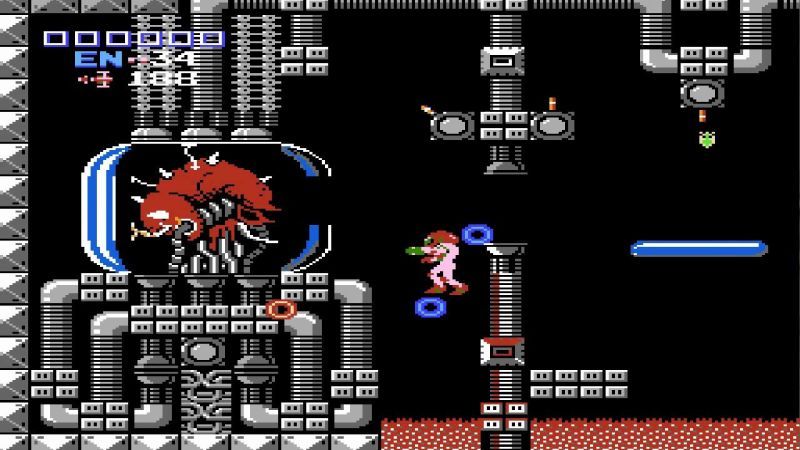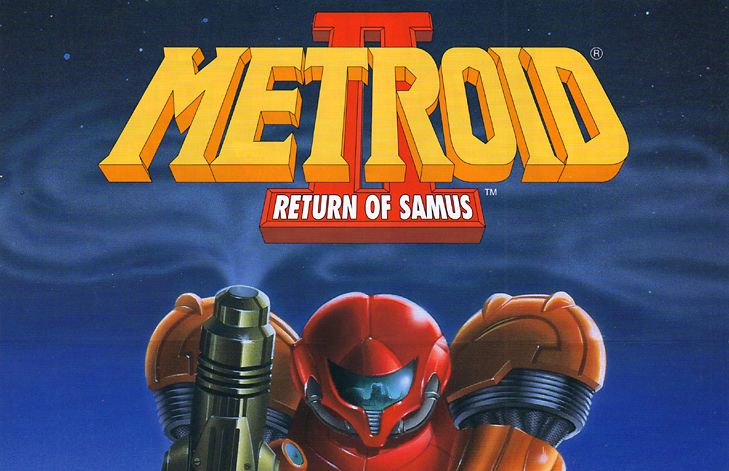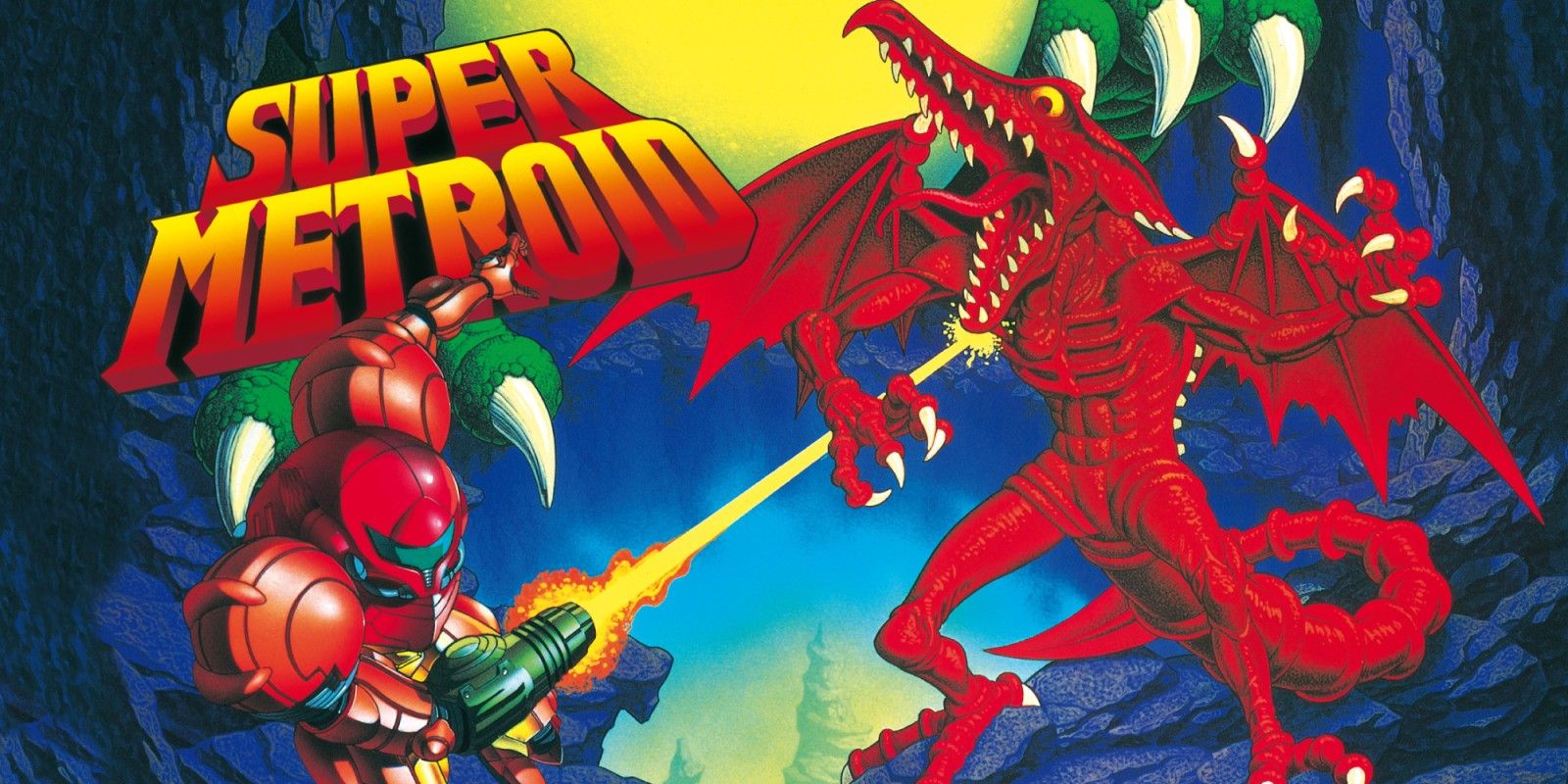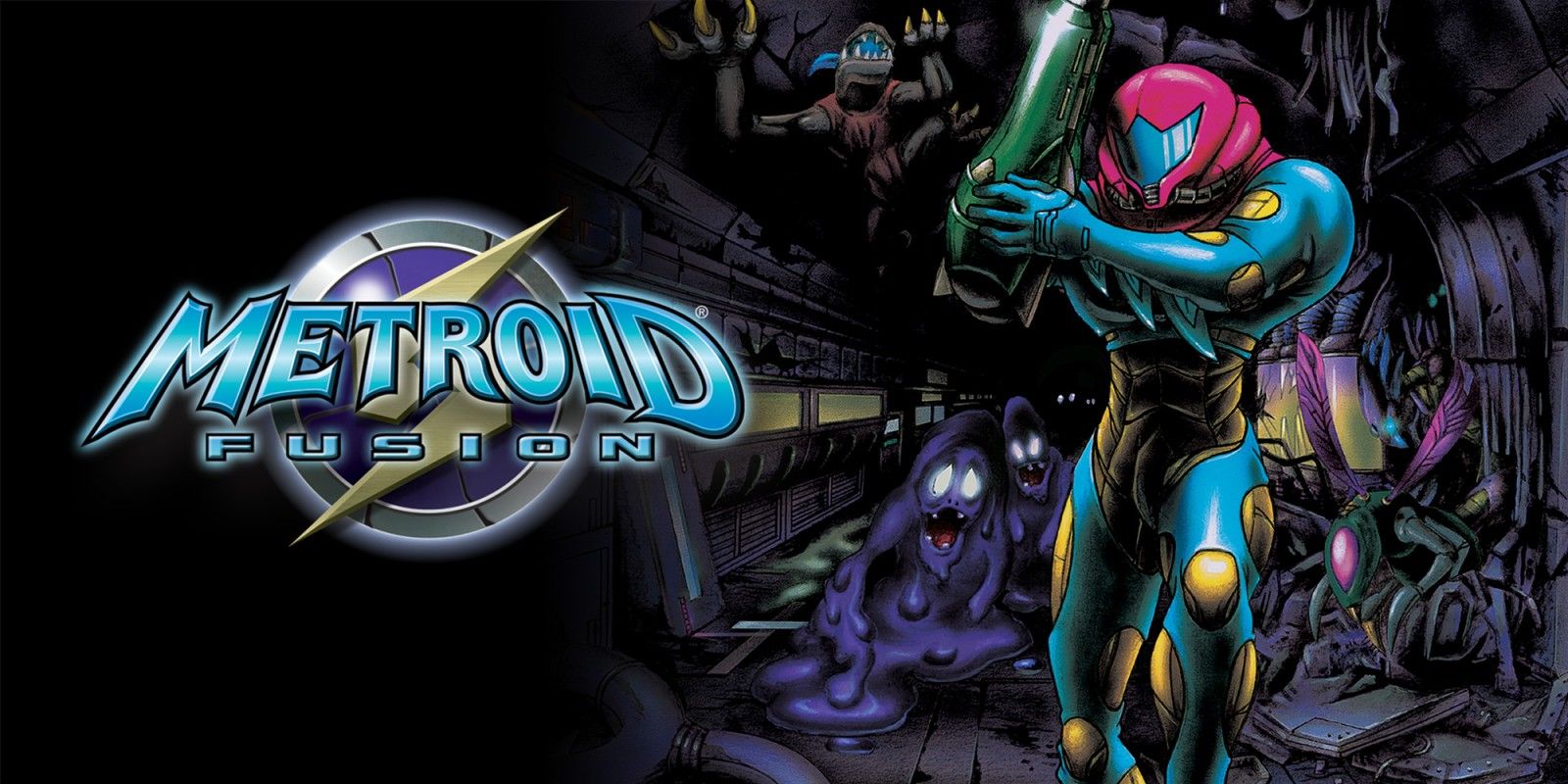Metroid is one of many classic and influential series developed by Nintendo, yet it often feels like an afterthought due to its infrequent releases in recent years. The mainline 2D series is getting its decades-in-the-making fifth entry, Metroid Dread, in October this year. The fourth mainline Metroid released all the way back in 2002, and because of the series' age, those primary games can be difficult to access for those wanting to play them ahead of Dread's release.
The last decade has been sparse for Metroid fans, with only a remake and an underwhelming co-op shooter spin-off being released. The decade before was dominated by the Metroid Prime series, which seemingly took the reins of the series, transitioning the side-scrollers to first-person shooters. The FPS spin-off series has now been on a long hiatus as well, with Metroid Prime 4 restarting development a couple years ago after it had already been announced.
Given the anticipation of Metroid Prime 4, the Dread announcement came as a wonderful surprise for those still waiting on a new 2D Metroid. Nearly two decades after the previous mainline installment, the franchise likely has a plenty of new fans who haven't been able to experience the classic games. Nintendo is apparently unwilling to make many of their classics easily accessible, even in the age of emulation, but there are still ways to play every Metroid leading up to Dread for those determined to catch up on Samus' saga.
Where To Play The Original Metroid
Samus Aran first appeared in 1986's Metroid on the Famicom Disk System in Japan, before coming to North America on the Nintendo Entertainment System the next year. For those that don't feel like tracking down an NES and an original copy of Metroid, the game can be played in a number of other forms. Metroid is available on the Virtual Console for the Wii, 3DS, and Wii U. Those with a Switch and a Nintendo Switch Online subscription can also play Metroid on the NES app, which can be downloaded from the eShop.
A 2004 remake of the original, titled Metroid: Zero Mission, was released for the Game Boy Advance. Zero Mission can also be accessed through the Wii U's virtual console. Metroid is also a part of the 30-game lineup for the NES Classic Edition, which Nintendo released in 2016.
Where To Play Metroid II: Return Of Samus
Metroid II followed the original five years later in 1991, releasing on the classic Game Boy. It generally improved upon the gameplay of the original, but the audio/visual capabilities of the Game Boy held it back aesthetically. Aside from its original platform, Metroid II can be played on the 3DS Virtual Console.
Related: Why Metroid Dread Is Coming Out Before Metroid Prime 4
If the Virtual Console version's original black and white graphics aren't appealing, Metroid II also received a remake: Metroid: Samus Returns. It was released on the 3DS in 2017. Samus Returns' developer, MercurySteam, is involved in the development for Dread. The remake of Metroid II introduced some new abilities that will be in Dread as well.
Where To Play Super Metroid
1994's Super Metroid for the Super Nintendo is often considered the best in the series, and is widely regarded as being massively influential, being almost wholly responsible for creating the "Metroidvania" genre. If Super Metroid can't be found for its original platform, the SNES classic is on the Virtual Consoles of the Wii, 3DS, and Wii U. It's also included in a Nintendo Switch Online subscription via the Super Nintendo Entertainment System app. Super Metroid can also be played on the Super NES Classic Edition, which released in 2017 with 21 games.
Where To Play Metroid Fusion
Metroid Fusion is the most recent entry in the mainline series, coming out in 2002 alongside Metroid Prime, but is also the most inaccessible. It can be played in its original form on a Game Boy Advance, or on the Virtual Console for the 3DS and Wii U. The 3DS Virtual Console version, however, is only available to Nintendo 3DS Ambassadors as compensation to those who bought a 3DS before its price drop. Because of this, most people looking to play Metroid Fusion will have to use a Game Boy Advance or Wii U.
After the announcement of Dread, players have been flocking to the Wii U Virtual Console to catch up on or replay the series. It's not often a nearly 20 year old series is revived, and even though there have been plenty of Metroid spin-offs in the time since, there's something special about Metroid Dread finally seeing the light of day after so long.

